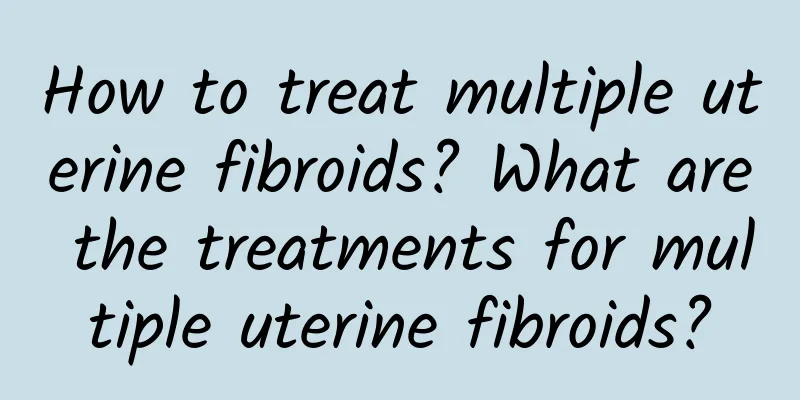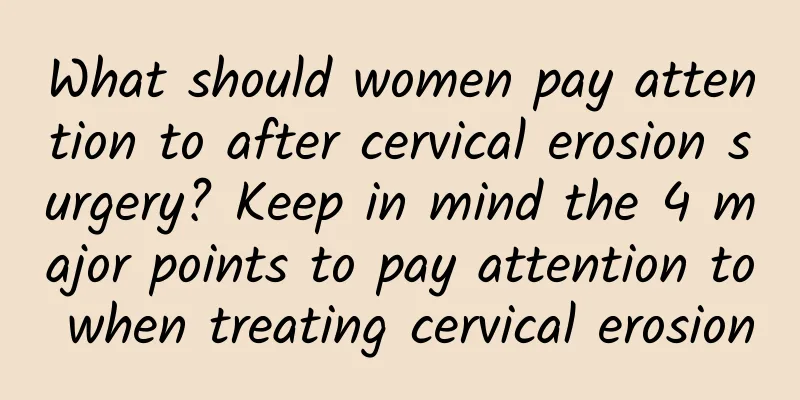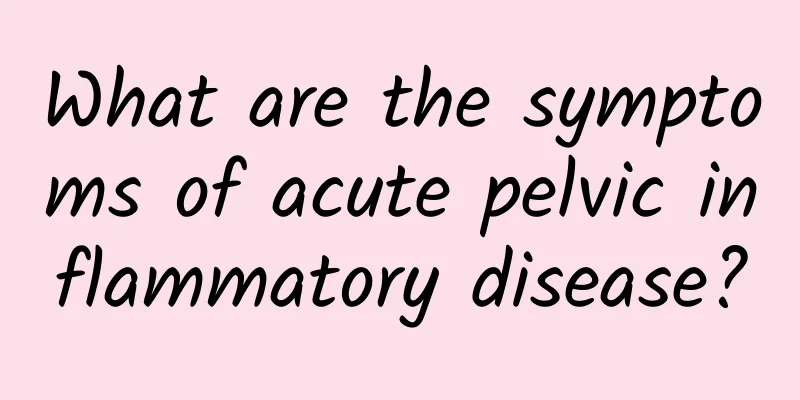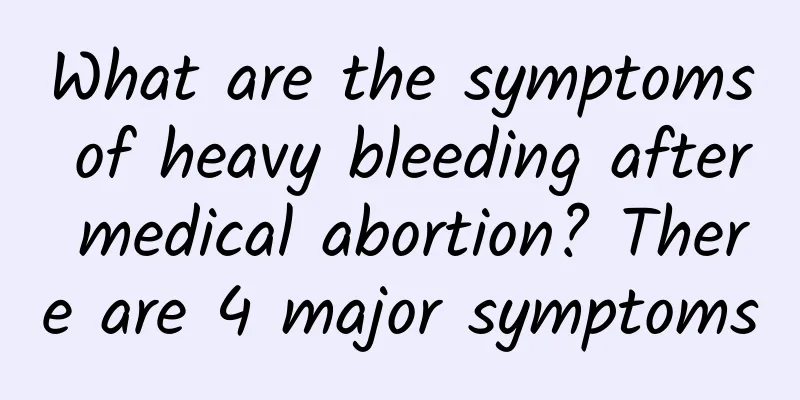What are the minimally invasive treatments for uterine fibroids?
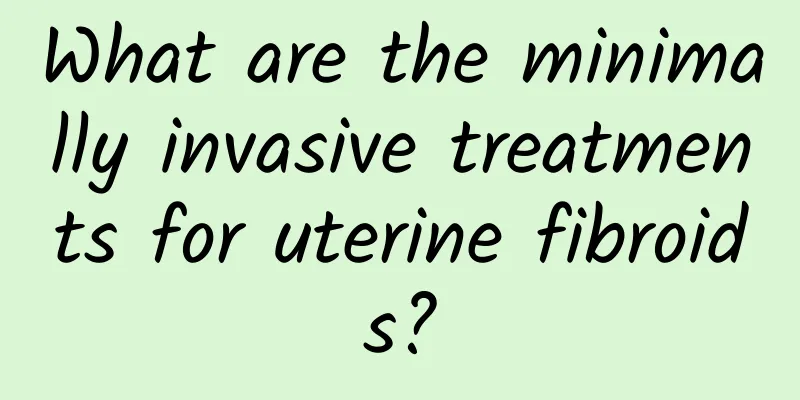
|
Minimally invasive treatments for uterine fibroids mainly include laparoscopic surgery, hysteroscopic surgery and ultrasonic ablation technology. The appropriate treatment method can be selected according to the size, location and specific conditions of the fibroids. These methods are less invasive and have quick recovery, and are suitable for most patients. 1Laparoscopic surgery Laparoscopic surgery is an important minimally invasive method for the treatment of uterine fibroids. It involves making several small incisions of about 1 cm in the abdomen, implanting lenses and surgical tools, and removing fibroids. This method is suitable for patients with larger fibroids that do not exceed 10 cm. It can also protect uterine function and is suitable for patients who have fertility needs or who focus on postoperative aesthetics. Postoperative recovery is generally fast, and daily activities can usually be resumed in 7-10 days. 2Hysteroscopic surgery Hysteroscopic treatment is a minimally invasive surgery for submucosal fibroids located in the uterine cavity. The operation is completed by introducing a hysteroscope through the vagina, without opening the abdomen. This method is suitable for patients with fibroids that protrude into the uterine cavity and are small in size. Generally, the surgery does not affect the female reproductive function, the hospitalization time is short, and the impact on life is minimal. However, it is not suitable for cases with other types of fibroids or extremely large fibroids. 3Ultrasound ablation therapy Ultrasound ablation is an emerging method that uses high-intensity focused ultrasound (HIFU) to treat uterine fibroids. It heats the fibroids to necrosis by precisely positioning high-frequency ultrasound while avoiding damage to normal tissues. It is a completely non-invasive treatment method that does not require surgery and is especially suitable for patients who have high requirements for the uterus or are unwilling to undergo surgery, but it has limited effect on larger or complex fibroids. The above methods have their own indications and characteristics. When choosing, you need to consider your personal physical condition and early detection and early treatment are the key to dealing with uterine fibroids. If you are diagnosed with uterine fibroids, it is recommended to consult a professional as soon as possible to evaluate the suitability of the treatment plan to achieve the best treatment effect. |
<<: Symptoms of chronic premature ovarian failure
>>: What causes uterine fibroids?
Recommend
Endometrial tuberculosis is not contagious
Is endometrial tuberculosis contagious? This is a...
What should you pay attention to after painless abortion?
Painless abortion has become the preferred soluti...
The harm of not treating hyperprolactinemia in time
Hyperprolactinemia is the most common gynecologic...
What details should be paid attention to in the care of ectopic pregnancy
Ectopic pregnancy is one of the more serious gyne...
Don’t throw away the lemon peel! Nutritionist reveals: 10 benefits of lemons, 3 traps to avoid
Many people buy lemons and make lemon juice and l...
Yunlin sampled 13 ice cream and cold drinks that did not comply with regulations
Eating ice cream in the summer is refreshing and ...
What causes excessive menstruation? 7 major culprits revealed
Many women feel that their menstrual flow is too ...
Why is menstruation normal, polycystic ovary
Why is menstruation normal with polycystic ovary?...
Tired of plain chicken breast? 3. Change the way of eating to get new taste
Chicken + Pre-cooking: Grilled Chicken Breast Gri...
7 days to lose fat quickly, British voluptuous actress becomes sexy
Is it the camera angle? Or liposuction? In less t...
What are the clinical manifestations of cervical erosion?
If you have cervical erosion, you should actively...
Patients with cervical erosion should know some daily precautions
Nowadays, people of all ages may suffer from cerv...
Talk about the clinical symptoms of chronic pelvic inflammatory disease
Pelvic inflammatory disease is divided into acute...
Can drinking ginger tea help you lose weight? Female Chinese Medicine Practitioner: Don’t drink it wrong again!
It is widely rumored on the Internet: "Ginge...
Can I use salt to wash my vaginal opening for itching? No
Generally speaking, you cannot use salt to clean ...
